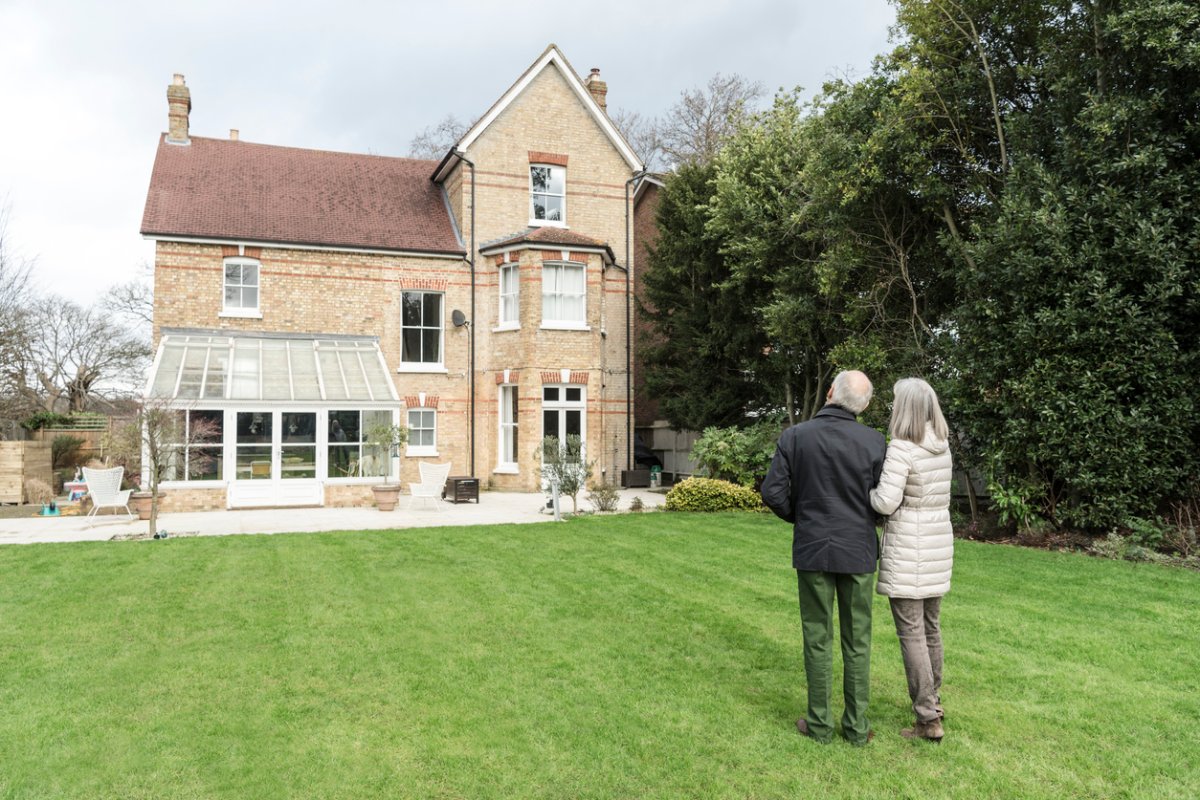We may earn revenue from the products available on this page and participate in affiliate programs. Learn More ›
Many owners of older homes are curious about their property’s history and spend time wondering how and when it was built, what’s the original floor plan, and if anything interesting happened within its walls or on its grounds. But, if the most recent previous homeowners didn’t share much about the origin of your house, it can be puzzling to know where to start looking for clues.
Fortunately for the curious homeowner, answers are easier to come by than you may think. These sources can provide extra insight to help you uncover the story behind your own home.
Visit the tax assessor.

Your first stop on the path to revealing your home’s history is a visit to the tax assessor. Assuming your home’s property tax records have been conscientiously maintained, they will list every owner of the land on which your house sits, along with the assessed property value from year to year.
Spot a sudden jump in valuation between years? That suggests the construction of a new home (likely yours) or the completion of a substantial addition or renovation.
RELATED: 7 Home Renovations That Will Definitely Raise Your Property Taxes
Stop by your county clerk’s office.
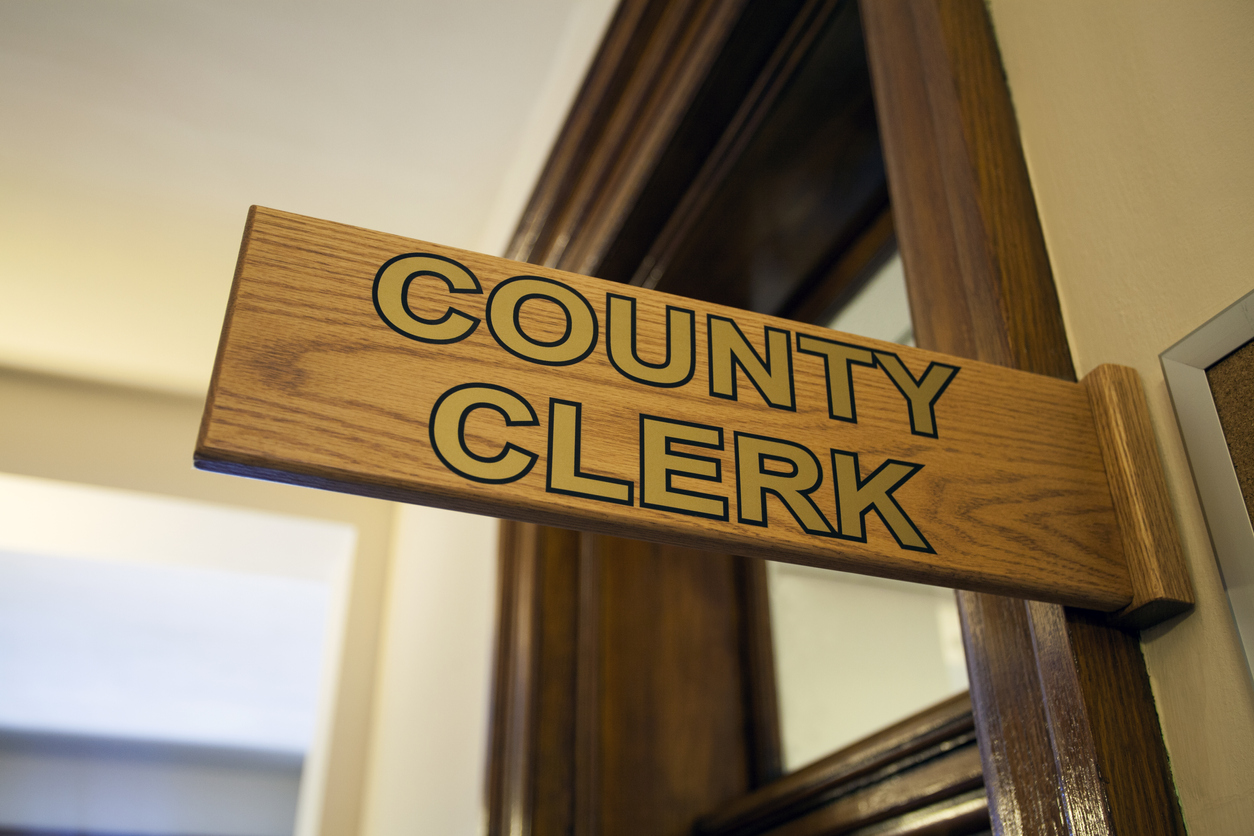
Next, the county clerk’s office has three files that can help reveal more about a home’s history: the registrar of deeds, the tract index, and the grantor-grantee index. These offer a comprehensive listing of all transactions that have involved your lot, including names and dates of previous owners, as well as the salient details of any lawsuits or liens filed over the years.
Ask your local building inspector.
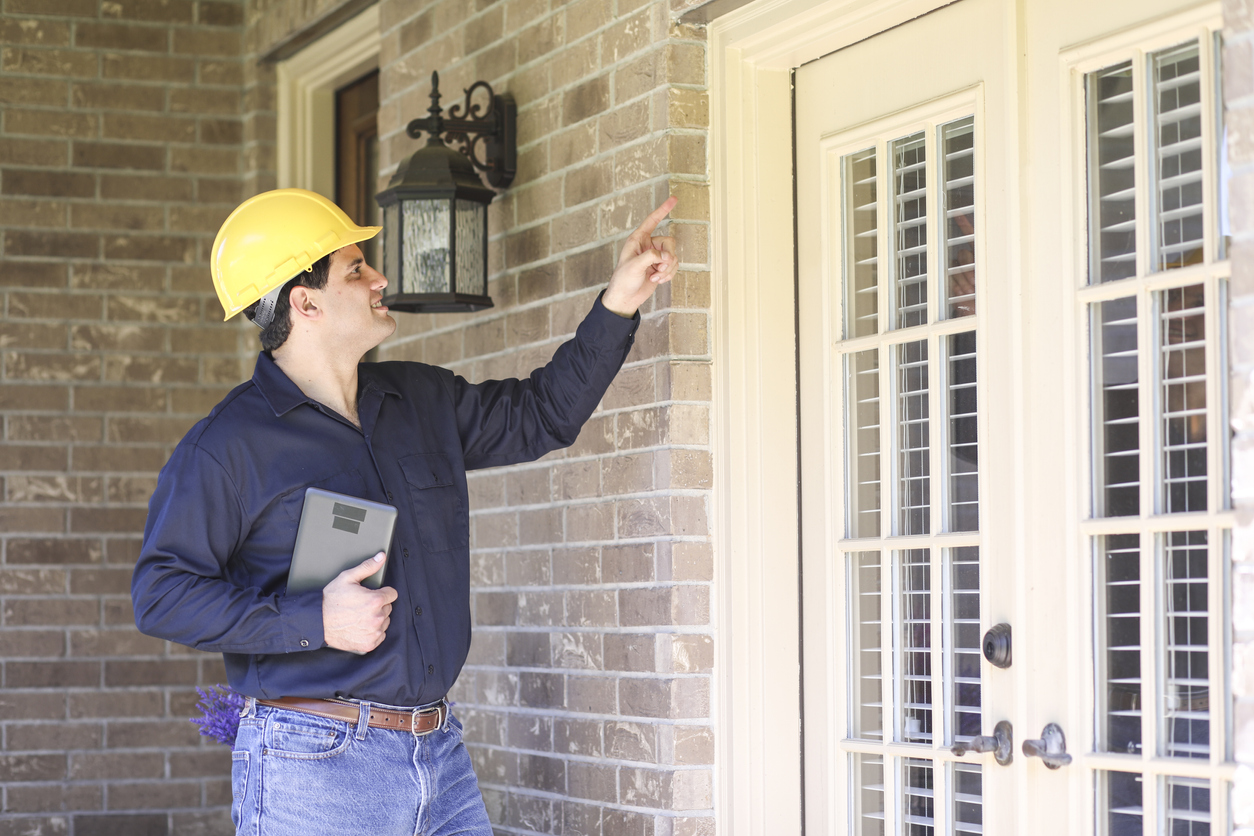
Ask your city’s building inspection office to see any building permit applications associated with your street address. Required for most new construction and remodeling, these documents may reward you with information about any major changes that have been made to the structure.
Often, homeowners have to submit a plot plan and other drawings when remodeling a house or adding an accessory building like a shed, so there may be a rich source of images that reveal how your house and property has evolved over time. Compare these with the other data you’ve accrued, and use the information to narrow your scope when researching community documents.
Check out community libraries.

Many libraries devote sections to local history, archiving historical maps, original building plans, and even old photographs. Scour the real estate listings in the local decades-old newspapers around the time you believe the property was built. You may find stories that mention your address.
While you are at the library, consult the census records for your area for details about the previous owner. You’ll find out their occupations and the number of people who lived in the house at the start of any given decade.
Take a closer look at the home’s fixtures and materials.
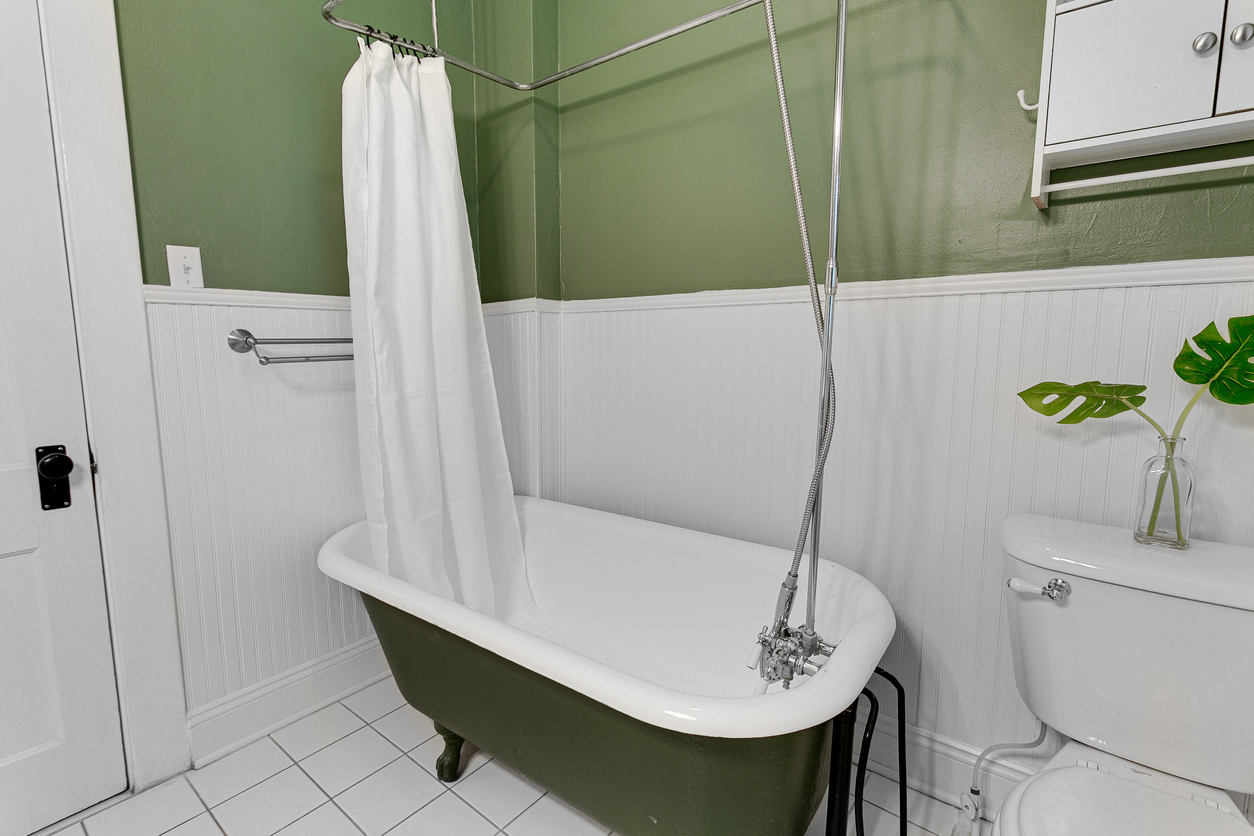
Your home’s materials speak volumes about when it was constructed, as long as your home has not been completely renovated. For example, asphalt tile flooring exploded into popularity around 1920, but had been virtually forgotten by 1960. Other materials like lead paint and asbestos siding provide clues to a home’s age.
One handy trick: If at least one of your bathrooms still has the original fixtures, you can sometimes find a manufacturing date stamped on the underside of the toilet tank cover.
RELATED: 18 Ways to Make Your New House Look Old
Review fire insurance maps.
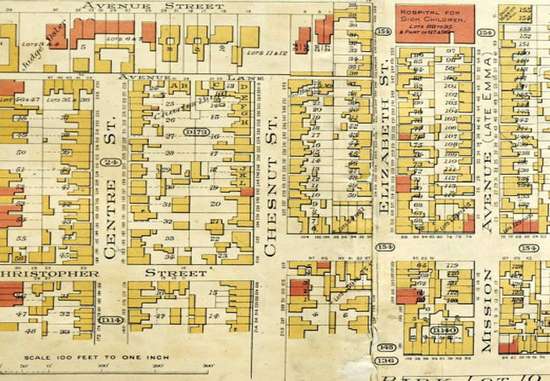
Fire insurance maps, otherwise known as Sanborn maps, are yet another source of trustworthy particulars. These maps, which in many cases date back to the 1870s, can help you determine the framing, flooring, and roofing materials used in the initial construction of your home—knowledge that helped early insurance agents determine the degree of fire hazards of any particular property. A little online research (including Googling your city or state plus “Sanborn map”), will help you find local editions.
Inspect your home’s style.
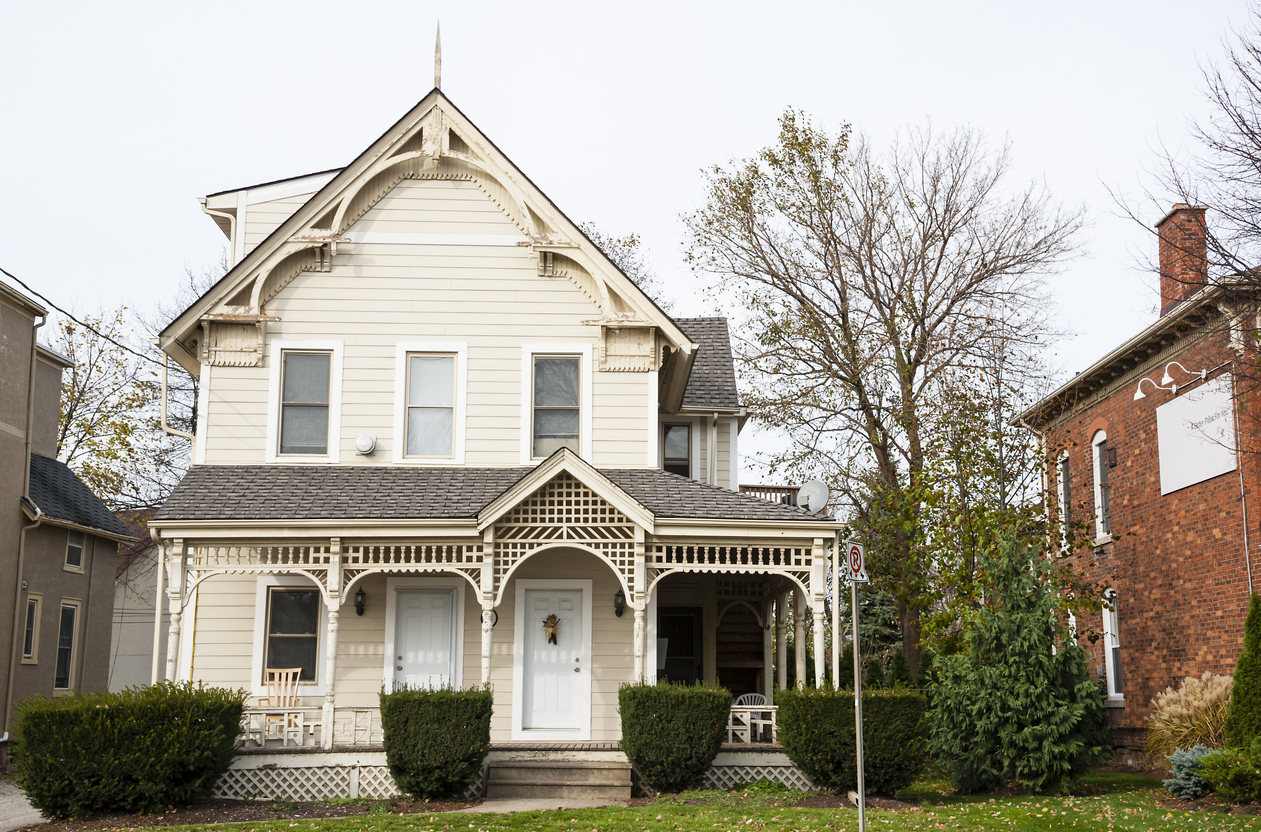
Like any trend, the popularity of certain architectural styles waxes and wanes. If you don’t know Cape Cod from a Foursquare, our guide to house styles can help you determine your home’s style, and the decade in which your home might have been built. For example, Italianate style was an 1850s favorite; Colonial Revival was all the rage in the 1890s; and Craftsman-style houses had started cropping up everywhere by the 1900s.
Important characteristics that reveal a house style include whether or not it is symmetrical, the shape of the roof (gambrel, mansard, gable), the types of dormer windows, the floorplan, and the type of trimwork. If you aren’t sure how to figure out your home’s style, snap a photo of the house facade and a few specific details like corbels or door trim, and do a Google search with ‘house style’ to help narrow down the possibilities. You could also consult a local architect or carpenter for help.
RELATED: How to Get Your Old House on the National Register of Historic Places
Search genealogy websites for details about the previous owners.

Genealogy websites like Ancestry.com might be able to provide some details about the people who used to own your home, if you search the owners’ names. It includes census data that can reveal interesting details.
What’s more, some Ancestry.com members allow their family trees to be viewed publicly, so you might even be able to sleuth out a descendent of a previous owner and get in touch with them to ask about your home’s history.
Find out if your house is mentioned in an old news story.

These days it’s possible to search nearly a billion pages of historical news from more than 24,000 U.S. newspapers online through Newspapers.com. It’s possible your property was the site of an historical event, or the previous owners were mentioned in a local news story. There may even be an old photo of the house. It’s not a free service, but it’s relatively inexpensive with rates starting at about $7.95 per month.
RELATED: Best Places in the U.S. to Find Historic Homes for Sale
Look for clues inside the walls that previous owners have left behind.

While there are details inside the walls of most homes that reveal its approximate age—the type of wood used to frame the walls, if the walls are made with plaster and lath, and if there is still knob-and-tube wiring in the house—there are even more obvious clues hiding in the walls of some edifices.
Carpenters and previous homeowners sometimes leave clues intentionally, like marking a wall with their initials or leaving a little trinket behind the plaster. Another thing to remember is that newspapers were sometimes used for insulation. If you find pages of a newspaper when you pull plaster during remodeling, you’ll see the date it was published and the approximate date that wall was built.
Join the local historical society.

Many communities have an archive of photos and stories, and some even have an historical society that meets regularly in person or in a Facebook group. For those who are involved in an historical society, it’s fun for them to share what they know about the place where they live.
Try to join the local group online or in person, and start asking about your property. You will learn more about your community, and you might be able to view historical images of your home, too.
Ask your neighbors.

Your neighbors might be the best place to start the search for uncovering your home’s history. If you have neighbors who have lived in their homes for decades, or if the home has been passed down through generations, they may know more about your house than you can ever find in an official government document or through an online source.
Since they’ve probably taken hundreds of photos in their yard and might have been friends with previous owners, your house might appear in many of their family photos over time, revealing how it has evolved over the years.

